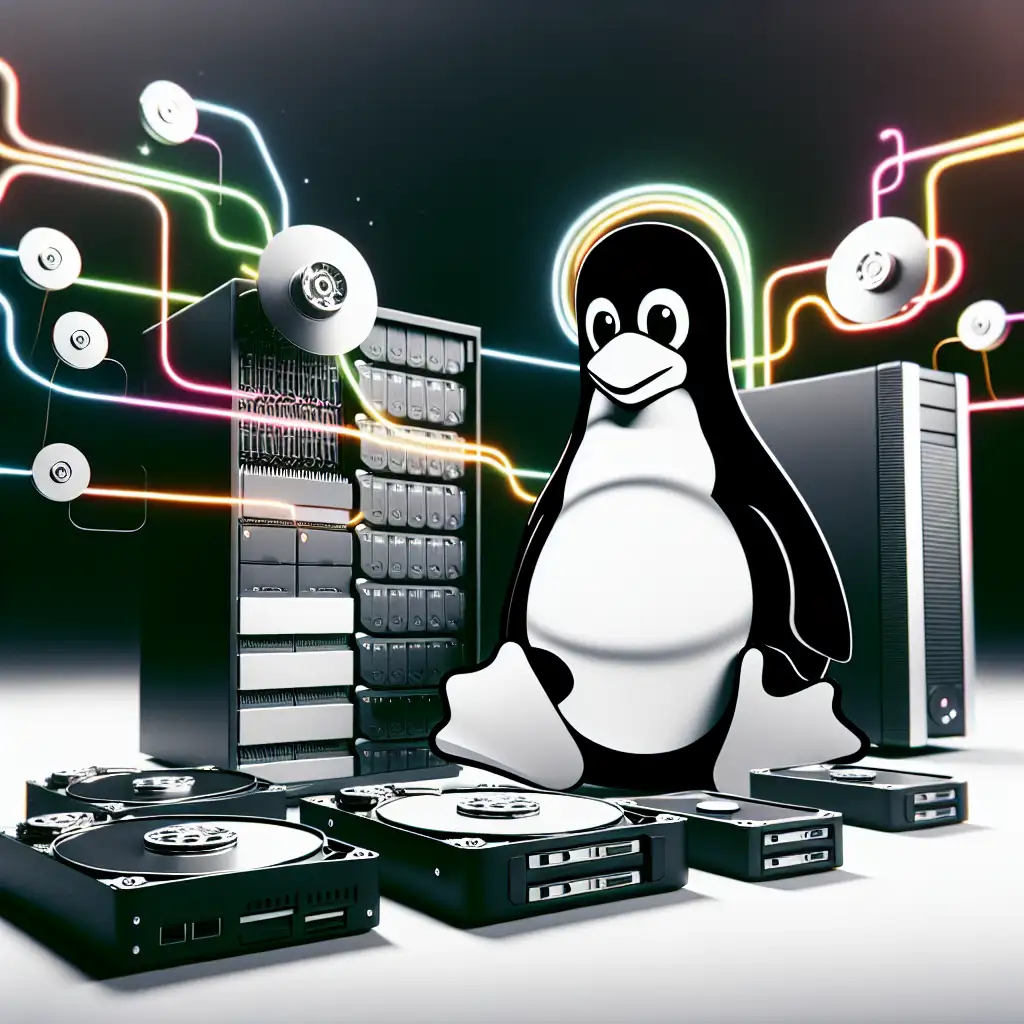How To Mount a Disk in Linux: Engineering Practice
Fumble a Linux disk mount and risk silent corruption, boot delays, or unexpected downtime. Miss a subtle mount option and you could undermine system security or performance, especially with complex workloads, encrypted filesystems, or mixed-OS environments. Below, a walkthrough tuned for reliable integration, not just init scripts or desktop workflows.
Why Mounting Disks Correctly Matters (in Ops)
- Boot integrity: Misconfigurations in
/etc/fstabcan drop you into emergency mode at boot. - Data safety: Automounting external storage for backup? Defaults may expose you to accidental writes or improper cache flushes.
- Performance: Large filesystems without
noatimecan trash SSD endurance and IO rates. - Security: Mounting untrusted devices as
execor withsuidopens the door to privilege escalation. - Automation: Proper UUID-based mounts handle device renames and hot-swaps common on SAN or VM platforms.
1. Enumerate Devices Precisely
Start by listing all block devices, including partitions:
lsblk -o NAME,UUID,FSTYPE,SIZE,MOUNTPOINT
Sample output:
NAME UUID FSTYPE SIZE MOUNTPOINT
sda 5121101901312
├─sda1 56abc8b2-5e2f-4e7e-8c0c-536e5fa8ce11 ext4 100G /
├─sda2 c6fd28d3-0b3c-4b9d-9d2a-b21e713d90d5 swap 8G [SWAP]
sdb 1953514580480
└─sdb1 665bb2aa-cd2d-495e-9521-813ed710b781 xfs 1.8T
/dev/sdb1 is a common candidate for expansion or backup workloads.
For filesystem detection (sometimes on legacy systems):
sudo blkid /dev/sdb1
Note: Device paths like /dev/sdb1 may change on reordering in virtualized environments. Always prefer UUIDs for persistence.
2. Define the Mount Point
Choose the target directory—typically under /mnt or /srv for multi-tenant or service data.
sudo mkdir -p /mnt/archive
For production, restrict permissions as needed:
sudo chown root:root /mnt/archive
sudo chmod 755 /mnt/archive
3. Manual Mount for Validation
Mount the partition. Always specify the filesystem type explicitly where possible, especially when mixing ext4, xfs, or exFAT:
sudo mount -t xfs /dev/sdb1 /mnt/archive
Validate with:
df -Th | grep archive
If the wrong type is used, mount will return wrong fs type, bad option, bad superblock....
4. Persisting Mounts in /etc/fstab
Fstab-driven mounts survive reboots. Use UUIDs to avoid device path drift:
sudo blkid /dev/sdb1
Returns:
/dev/sdb1: UUID="665bb2aa-cd2d-495e-9521-813ed710b781" TYPE="xfs"
Now edit /etc/fstab:
sudo nano /etc/fstab
Append:
UUID=665bb2aa-cd2d-495e-9521-813ed710b781 /mnt/archive xfs defaults,noatime,nosuid,nodev 0 2
| Field | Description |
|---|---|
| UUID=... | Block device unique ID |
| /mnt/archive | Mount point |
| xfs | Filesystem type |
| defaults,noatime,nosuid,nodev | Mount options |
| 0 | dump; almost always 0 |
| 2 | fsck order: 1 for root, 2 for others |
Test the new configuration before rebooting:
sudo mount -a
If you see:
mount: /mnt/archive: wrong fs type, bad option, bad superblock...
Go back and check the TYPE as reported by blkid.
Mount Options: Tuning for Real-World Ops
| Option | Functionality | Where to use? |
|---|---|---|
| noatime | Ignores atime updates | SSDs, log archival |
| nosuid | Ignores set-user-ID | Multi-user servers |
| nodev | Blocks device files | Shared/hosted storage |
| noexec | Blocks binaries | Data-only partitions |
| ro | Read-only mount | Backup or archival disks |
| user | Allow non-root mount | Removable devices |
Hybrid example for sensitive backup:
UUID=... /mnt/backup ext4 noexec,nodev,nosuid,ro 0 2
Caveat: Some tools require exec for scripts or binaries. Use noexec with caution.
5. Systemd Automount: On-Demand Integration
Avoid mounting rarely used storage until actually accessed. Here’s a minimal systemd automount setup for /mnt/cold:
Create /etc/systemd/system/mnt-cold.mount:
[Unit]
Description=Cold Storage Mount
[Mount]
Where=/mnt/cold
What=UUID=122ad145-68ce-443f-bc03-177a984bc41c
Type=xfs
Options=defaults,noatime
[Install]
WantedBy=multi-user.target
Create /etc/systemd/system/mnt-cold.automount:
[Unit]
Description=Automount for Cold Storage
[Automount]
Where=/mnt/cold
[Install]
WantedBy=multi-user.target
Enable automount:
sudo systemctl daemon-reload
sudo systemctl enable --now mnt-cold.automount
Any access to /mnt/cold now triggers the mount automatically.
Gotcha: Startup scripts may hang if they expect this storage before access triggers the mount.
6. Troubleshooting: When Mounts Fail
Logs are first line of defense:
dmesg | tail -20
Typical errors:
ntfs signature is missing→ Wrong filesystem specifiedbad superblock→ Corruption; initiate repair viasudo fsck /dev/sdb1(except XFS—usexfs_repair).
Permission denied, especially on NTFS or vfat?
Mount with user mapping:
sudo mount -t vfat -o uid=1000,gid=1000,dmask=027,fmask=137 /dev/sdc1 /mnt/usb
Pro Tip: Swap Partition Integration
Activating swap isn't mounting per se, but often confused:
sudo mkswap /dev/sdb2
sudo swapon /dev/sdb2
# For fstab, use:
UUID=ff2f9fe3-23b0-4efb-bf95-c0538440d14b none swap sw 0 0
Epilogue: Durable Disk Integration
High-reliability systems demand mount operations that survive reboots, re-enumerations, and handle corrupted filesystems gracefully.
Always:
- Use
UUIDorLABELin fstab, never device names directly. - Validate new fstab entries with
mount -abefore reboot. - Know when to mix
systemdautomount for cold or archival storage.
Tip: In virtualized/cloud deployments (KVM, ESXi, AWS Nitro), disk enumeration can change after snapshot restore or instance resize. Automate validation of mounts (e.g., health check scripts in /etc/rc.local).
Try it: Attach an additional disk (physical or virtual), walk through device identification, and configure with tuned mount options for your scenario. Compare throughput and latency with and without options like noatime or data=writeback (XFS/ext4 specific).
If you trip over obscure errors, check dmesg and review actual mount parameters in /proc/mounts—documentation rarely covers all vendor drive quirks.
Happy mounting. Test everything before production.
